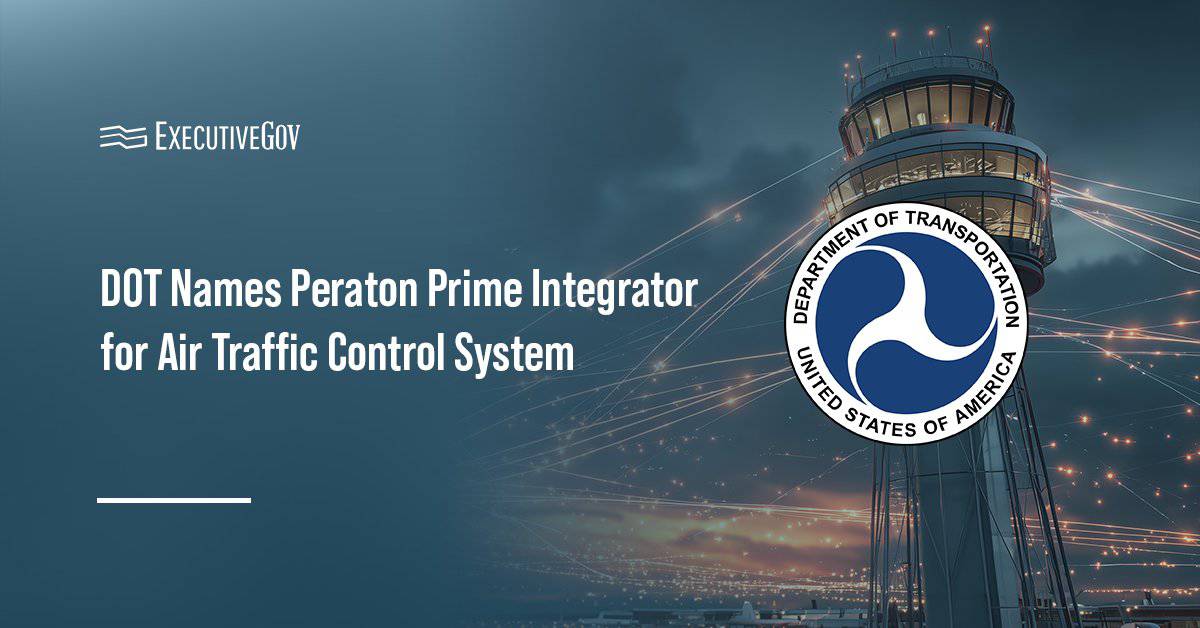
Suzette Kent, federal chief information officer and a 2020 Wash100 Award winner, said federal agencies are making headway when it comes to implementing multifactor authentication, identity management, mobile security and other components of zero-trust architecture, FedScoop reported Tuesday.
“There is successful alignment in the concepts … of where we need to go with advanced identity management, strong network foundations, use of data matched to the mission and the function of that individual,” she said Tuesday at the Zero Trust Security Summit.
Despite progress in some areas, Kent said the federal government needs more work to do to further advance zero trust, which she said requires understanding of the organizational structure.





